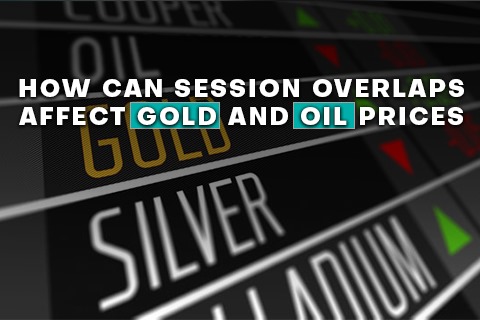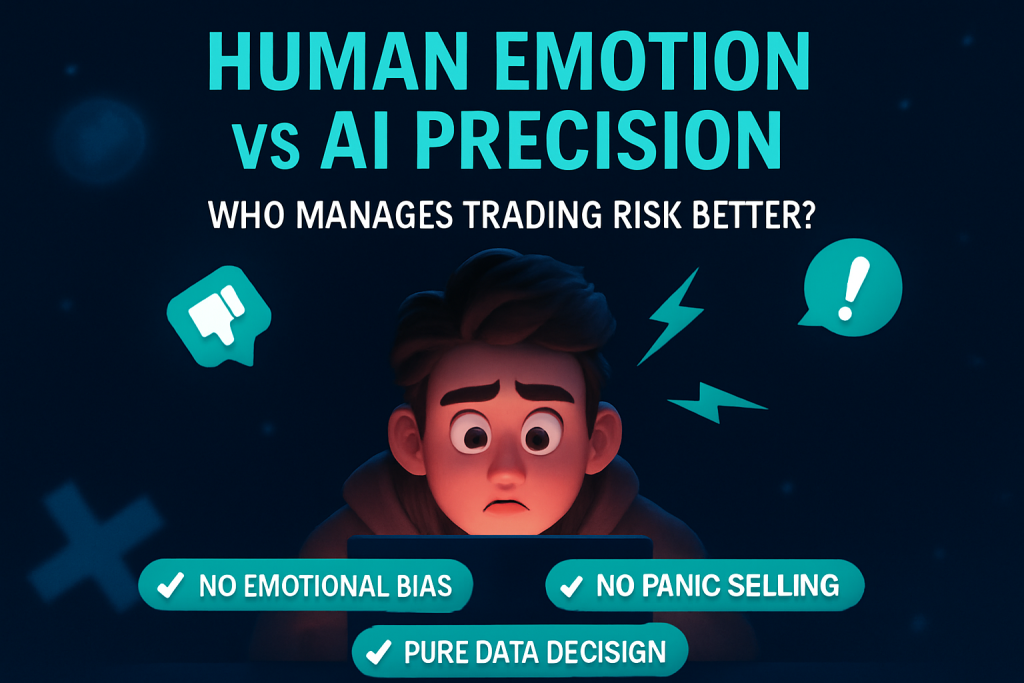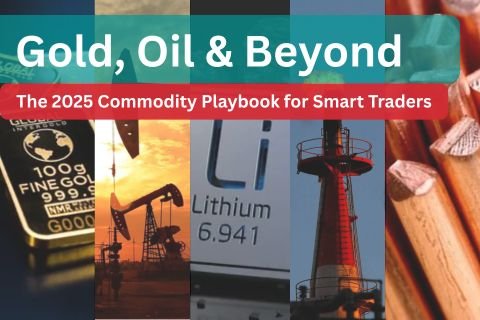Why Timing Your Trade Can Change Everything
Imagine riding a wave at low tide you’ll hardly move. But surf during the peak swell, and you’re flying. Trading session overlaps act like those peaks, offering heightened liquidity and volatility that can propel your profits. Understanding forex trading sessions and overlaps isn’t just theory it’s a game-changer for traders in Pakistan.
For anyone using EI Commodities, knowing when to trade can mean the difference between a good day and a great one. So let’s dive into the power of session overlaps and how you can make them work for you.
What Are The Major Forex Trading Sessions?
The global forex market is divided into four main sessions: Sydney, Tokyo, London, and New York. Each session is linked to its local business hours, but for Pakistan, only two really matter.
The London session, active from 12 PM to 9 PM PKT, sets the tone for European markets. The New York session, running from 5 PM to 2 AM PKT, brings unexpected moves tied to the US market. Recognizing these windows is the first step to timing your trades effectively.

What Happens During the London–New York Overlap in Pakistan Time?
Between 5 PM and 9 PM PKT is where things get interesting. This is when London and New York markets overlap, bringing in massive trading volume. Currency pairs like EUR/USD and GBP/USD move the most in this period.
This overlap brings high liquidity, tight spreads, and strong swings—exactly what many Pakistani traders aim to trade. Seasoned users of EI Commodities often line up their biggest trades during these four hours, armed with scalp or swing strategies ready to capitalize.
How Can Session Overlaps Affect Gold and Oil Prices?
Gold and crude oil, though traded as commodities, follow similar patterns. Because they’re often priced or tied to USD flows, their biggest moves happen during the London–New York overlap and U.S. data announcements.
For example, when U.S. non-farm payroll or Fed interest rate statements drop around 6 PM PKT, gold and oil markets can surge or plunge in minutes. Traders using EI Commodities who know this can prepare their positions in advance, protecting capital with stop-losses and maximizing return with timely entries.

Is the Asia Session Important for Pakistani Traders?
Yes, but differently. The Tokyo and Sydney sessions active during Pakistan’s early morning hours—don’t move markets as dramatically. However, they set the stage for Asian-driven volatility in JPY, AUD, and NZD pairs.
Smart traders use this time to scan charts, identify early patterns, and prepare entries before the London session starts. With EI Commodities’ multi-asset dashboard, you can monitor both forex and commodity instruments during these quieter hours to prime your strategy.
Can You Trade Other Markets During Overlaps?
Absolutely. Global indices, such as the S&P 500 or FTSE 100, and big-name stocks are most active during overlaps. The New York session, in particular, unleashes price action tied to U.S. economic news or earnings reports.
Pakistan-based traders using EI Commodities can tap into these windows to trade indices and stocks—leveraging the same tools they use for forex. It’s about timing global momentum to your advantage.
What Strategies Work Best During Session Overlaps?
Different overlaps call for different approaches. Some of the top strategies include:
- Scalping during tight London–New York movement to catch small, fast gains.
- Breakout trading when volatility explodes post-news releases.
- Trend trading, holding positions for hours as trends solidify mid-session.
The key is consistency and preparation. EI Commodities adds value by offering alert tools, pre-market insights, and historical data. Traders can backtest strategies and time their entries with confidence.
How Can Pakistani Traders Protect Themselves From Timing Risks?
High volatility is a double-edged sword. It can mean profits or pain. That’s why risk management is essential.
Before trading overlaps, Pakistani traders should:
Set clear stop-loss levels, never risking more than they can afford.
Avoid over-leveraging particularly during unpredictable news windows.
Trade smaller sizes until they become familiar with fast-moving conditions.
EI Commodities supports disciplined traders with easy-to-use trade calculators, risk management training, and a transparent environment that supports calculated decisions.
Real-Life Story: A Swing Trade Made During Overlap
Rida, a part-time professional from Faisalabad, waited for the London–New York overlap to trade USD/JPY after a mixed U.S. job report. She identified a clean breakout on EI Commodities’ charts and entered her position right at 5:30 PM PKT.
Within two hours, she captured over 40 pips. Her secret wasn’t luck it was preparation, patience, and knowing the overlap was her moment to act.
When Should Beginners Avoid Trading and Rest?
Knowing when not to trade is as critical as knowing when you should. Trend fatigue, personal distractions, or low liquidity hours (like late-night between sessions) can hurt beginners.
EI Commodities encourages newbies to trade during overlaps only once they’ve mastered the basics. Until then, focus on learning, backtesting, and small demos during quiet session hours. Smart timing isn’t just about big windows—it’s also about choosing which dice not to roll.
Final Thoughts: Turn Time Into Your Biggest Trading Asset
Session overlaps are powerful but only when understood and respected. By aligning strategy with these key market windows, Pakistani traders can significantly outperform time spent trading at random.
With its range of global market instruments, timing-based alerts, and educational support, EI Commodities equips you to ride those high tides with confidence and discipline.
What Is Trading Leverage and Why Is It So Popular in Pakistan?








